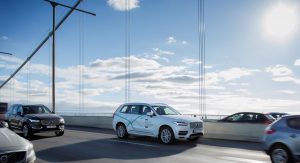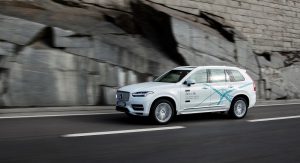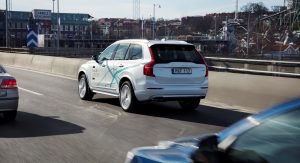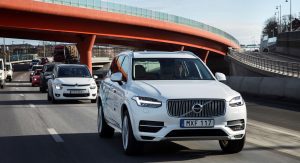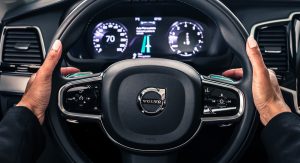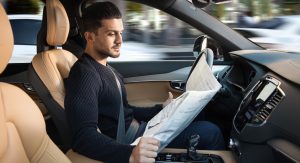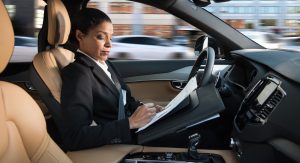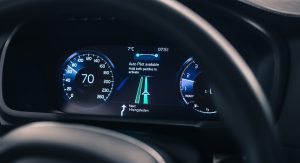New Yorkers and California residents are most ready to get autonomous cars in their lives. You know, the drivers who are likely spending most of their time sitting and waiting to get to a borough or out of a valley.
This is according to a Volvo’s Future of Driving survey, released Wednesday, that showed 90 percent of New York residents and 86 percent of California residents, “feel that autonomous cars could make life easier.” That’s in contrast to 52 percent of Illinois residents and the 62 percent national average, which is odd if you’ve ever driven through the greater Chicago area.
Volvo is currently conducting a worldwide survey on the Future of Driving, and they say they’ve given 50,000 people the survey, although did not state how many were U.S. participants. In China and the UK, Volvo has already announced its plan to deploy its self-driving cars on public roads.
But nine out of ten U.S. respondents in the survey said municipalities and regulators are being too slow in preparation of self-driving cars, which is a valid point. California has taken the largest step so far towards laws governing the testing of such vehicles on public roads, but other states have not been so forward.
“The difference between states regarding the safety benefits of autonomous cars highlights why we need a federal framework for autonomous driving regulations,” Volvo Cars USA President and CEO Lex Kerssemakers said in Wednesday’s release.
Interestingly, fewer people in Pennsylvania think autonomous cars will reduce traffic crashes than the national average, and only 6 out of 10 in Texas believe their family will be safer in them versus the 7 in 10 U.S. average.
The study seems consistent with oft-heard public sentiments that show the varying needs for autonomous vehicle technology, where drivers in aggressive stop-and-go traffic might feel such systems may reduce fatigue and fender-benders, versus those in more open roads who view it as needless intervention.
Because if you take out the San Francisco Bay Area and Silicon Valley from the California results, how would those numbers look?




